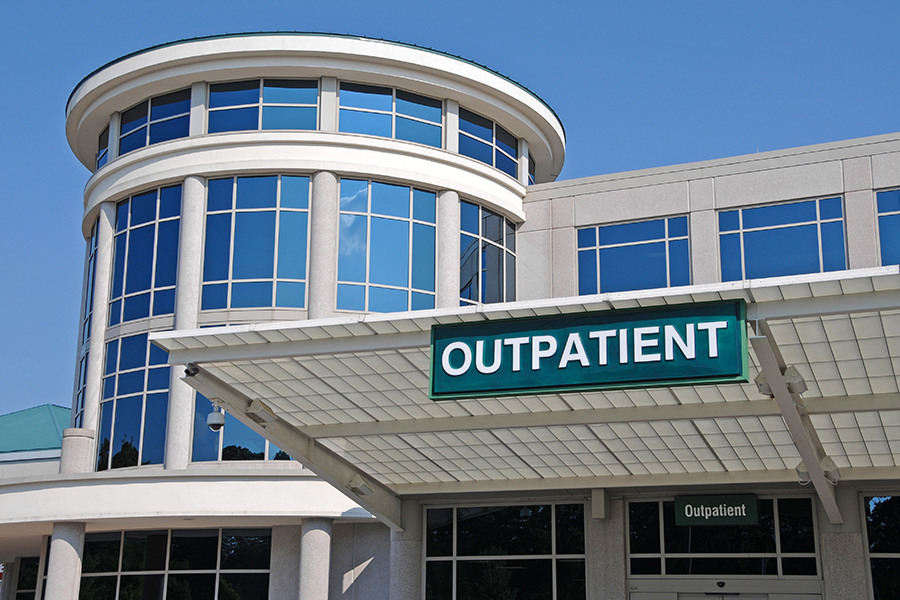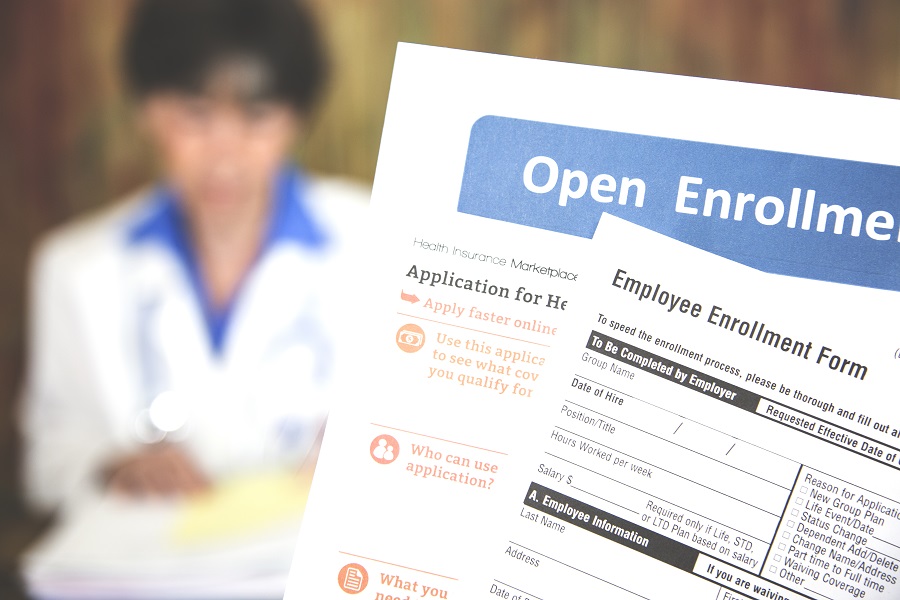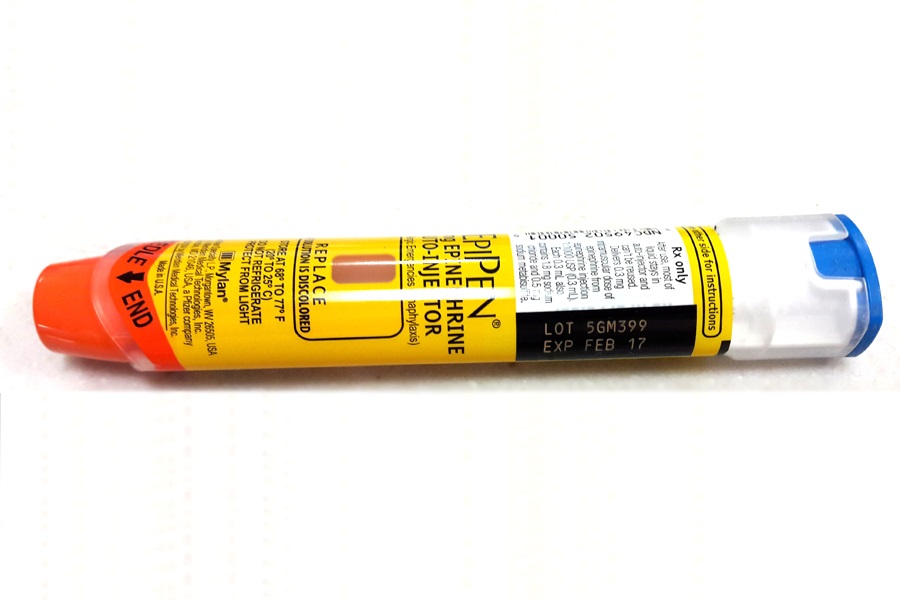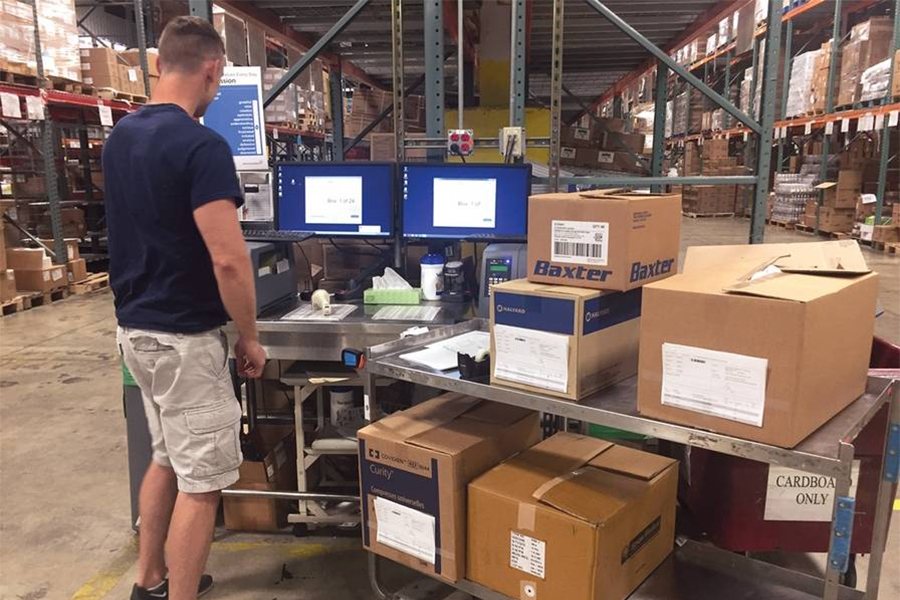Every once in a while, a study comes along that reminds us that a majority of the institutions we cover at Modern Healthcare are not-for-profits operating under government charters that absolve them from paying federal, state and local taxes.
More than three-quarters of the hospitals beds in the U.S. are housed in religiously affiliated or secular not-for-profits. While a majority of U.S. physicians are still in private practice, the growth of direct physician employment by hospital systems (See reporter Beth Kutscher’s story, p. 22) suggests a growing share of those services are also falling under the not-for-profit umbrella.
That may help account for the study’s core finding that the value of tax breaks for tax-exempt hospitals grew from $12.6 billion in 2002 to $24.6 billion in 2011, which averages out to a 7.7% annual increase. Forgone state and local taxes ($11.6 billion) were nearly as large as the value of forgone federal income taxes ($13 billion).
These tax breaks are not evenly distributed. Half the nearly 3,000 hospitals reviewed for the study posted operational losses in 2011. They received no benefit from their federal tax exemption. On the other hand, some hospitals racked up large surpluses and benefited disproportionately.
The authors of that Health Affairs study (See p. 14) pointed to the community needs assessments that the Internal Revenue Service now requires not-for-profit hospital systems to file every three years. They argued that substantial and growing taxpayer support for not-for-profit healthcare institutions justifies rethinking how hospitals invest in their communities.
As the study documented, not-for-profits’ current charitable investment patterns are overwhelmingly focused inward. Fully one-third of the $62.4 billion in community benefits reported by hospitals came from offsetting losses associated with treating patients in means-tested government programs, mostly Medicaid.
Another quarter of the benefits came from offering financial assistance to poor patients, either through discounts or writing off uncollectable debts. Another 36% of community benefits came from spending on training health professionals, research and other subsidized services.
Original editorial article authored by Merrill Goozner of Modern Healthcare on June 20, 2015. Read the Full Article here.




















